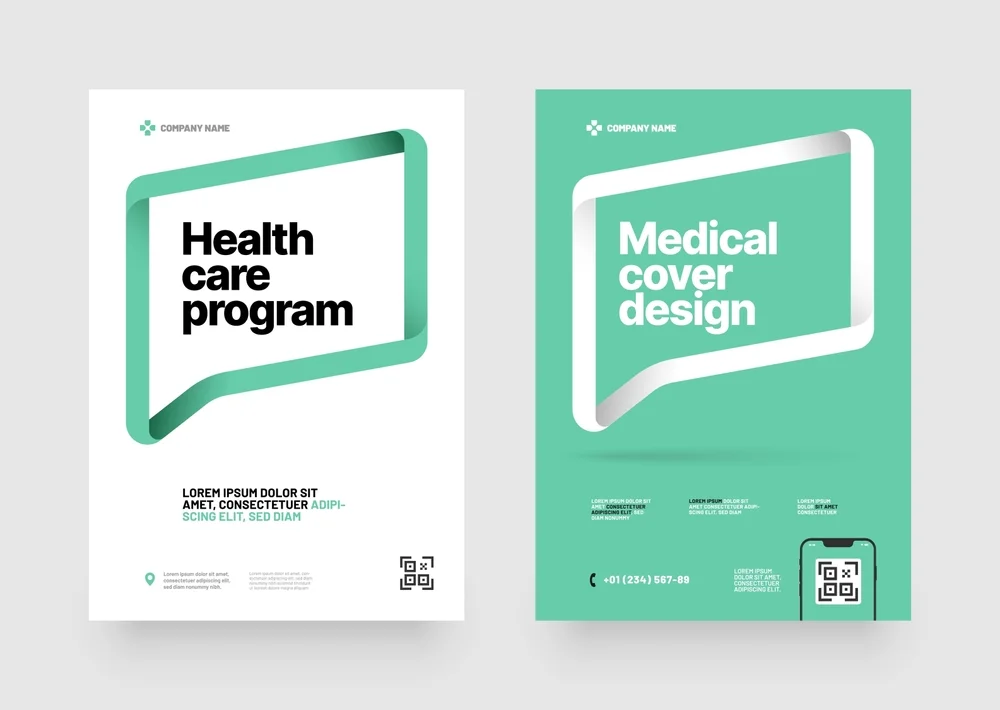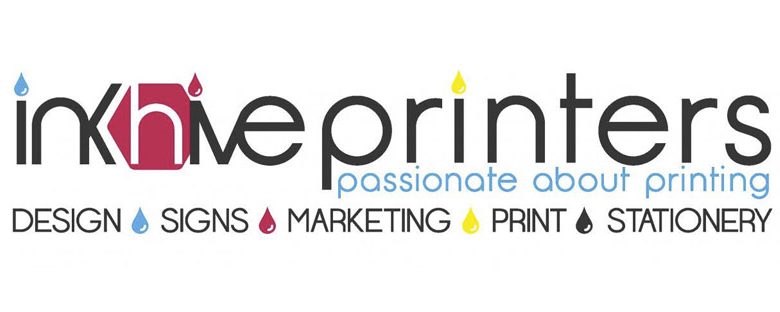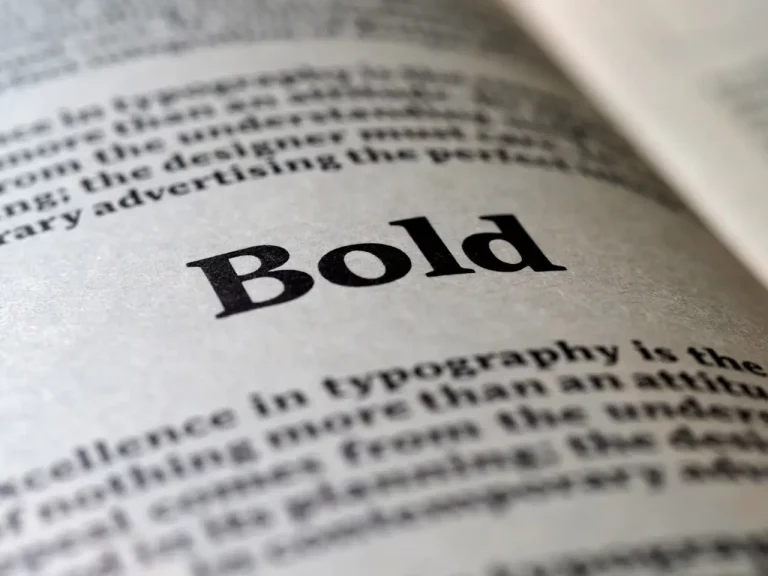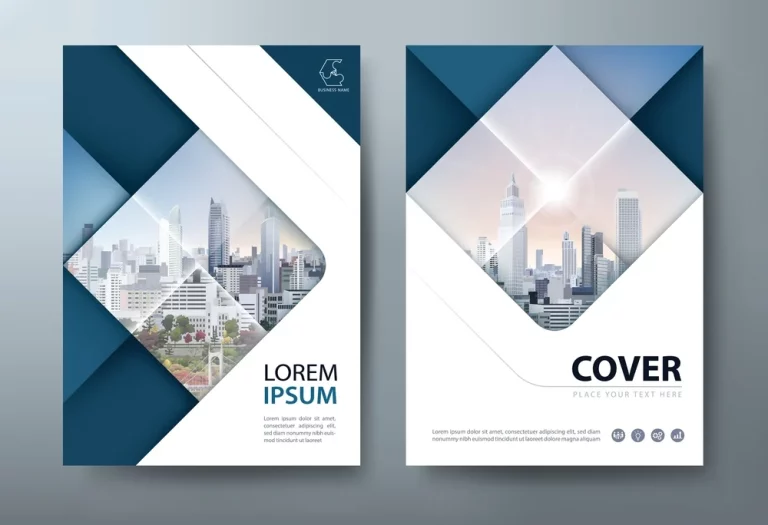What to Consider When Designing Promotional Booklets

Introduction
Designing promotional booklets is a great way to showcase your business, products, or services. These small, yet powerful marketing tools can leave a lasting impression on potential customers. However, creating a successful booklet isn’t just about making it look good; you need to plan carefully to ensure that it effectively communicates your message.
In this article, we will explore all the important factors you should consider when designing promotional booklets. From the layout to the quality of images, everything plays a role in making sure your booklet stands out and attracts the right audience. Let’s dive into the details.
1. Define Your Purpose
Before you begin designing your booklet, the first thing you need to do is to define its purpose. What do you want the booklet to achieve? Are you introducing a new product? Promoting a special offer? Or simply giving an overview of your services?
Why Defining Your Purpose Matters
Understanding the purpose of your booklet will guide all the design choices you make. It will help you decide on the content, layout, and even the colours you use. For example, a booklet meant to promote a luxury product will need a different style than one aimed at informing customers about a sale.
Key Questions to Ask:
- What is the main message you want to convey?
- Who is your target audience?
- How will the booklet be distributed (e.g., handouts, mail, or at events)?
By answering these questions, you can tailor your design to meet your objectives and connect with your audience. To learn more about how to tailor print designs for different audiences, check out this guide.
2. Know Your Audience
Understanding your target audience is crucial when designing a promotional booklet. You need to know who will be reading it and what they are interested in. This helps you make decisions about the design, content, and tone of your booklet.
How to Identify Your Audience
Think about who your product or service is aimed at. Are they young professionals, parents, or retirees? Are they looking for budget-friendly products or high-end luxury? Once you know your audience, you can design a booklet that speaks directly to them.
Example: Designing for Different Audiences
| Audience Type | Design Style | Content Focus |
|---|---|---|
| Young Professionals | Sleek, modern design | Innovative products or services |
| Families | Friendly, bright colours | Family-oriented solutions |
| Luxury Shoppers | Elegant, minimalist style | High-quality, premium products |
You can find more tips on understanding your audience in this article from Inkhive Printers.
3. Focus on Clear and Concise Content
The content of your booklet should be clear and concise. Since booklets are usually small, you don’t have much room to include long blocks of text. Instead, focus on delivering your message in a simple, straightforward manner.
How to Write Effective Content
- Use bullet points to break up information.
- Keep paragraphs short and to the point.
- Use headings and subheadings to guide readers through the booklet.
- Avoid using jargon or complicated language that your audience might not understand.
Example: A Clear Layout for Easy Reading
| Section Title | Content Style |
|---|---|
| Introduction | Brief overview of the company’s mission |
| Product Features | Bulleted list of key product benefits |
| Call to Action | Simple and direct instructions (e.g., “Visit our website”) |
Good content is essential for keeping your audience engaged and making your message easy to understand. For more writing tips, check out this article on crafting effective marketing materials.
4. Choose a Clean and Organised Layout
A well-organised layout is essential for a successful promotional booklet. The layout should guide readers through the booklet in a logical order, ensuring they can easily find the information they need.
Tips for an Organised Layout
- White space: Don’t clutter the page with too much text or images. Use white space to make the booklet easy to read.
- Visual hierarchy: Use headings, subheadings, and different font sizes to highlight important information.
- Consistent alignment: Ensure that text and images are aligned properly to create a professional look.
By creating a clear and organised layout, you make it easier for readers to understand your message and stay engaged.
For examples of professionally designed booklets, take a look at Inkhive Printers’ portfolio.
5. Use High-Quality Images
High-quality images are essential when designing a promotional booklet. Images can grab attention, illustrate your products or services, and create a strong emotional connection with your audience. However, using low-quality or blurry images can harm the overall look of your booklet.
Why Image Quality Matters
Images should be clear and professional, as they reflect the quality of your brand. If you’re featuring products, make sure the images show them in the best light possible. For example, a product photo with sharp details and accurate colours will leave a much better impression than a pixelated image.
Where to Find Quality Images
You can either hire a professional photographer or use high-quality stock images. Just make sure that the images are relevant to your message and fit well with your brand’s style.
For more advice on using images effectively in print design, read this article from Inkhive Printers.
6. Select the Right Paper and Print Quality
The paper you choose for your booklet can greatly affect its overall appearance and feel. A booklet printed on high-quality paper with professional finishing will give the impression that your company is reliable and trustworthy.
Types of Paper to Consider
| Paper Type | Best For |
|---|---|
| Glossy Paper | Bright, colourful images |
| Matte Paper | Professional, easy-to-read text |
| Recycled Paper | Environmentally friendly brands |
The print quality is also important. A high-resolution print will make your booklet look more polished and professional. At Inkhive Printers, we use state-of-the-art printing technology to ensure your booklet looks its best. You can explore more about our print services here.
7. Include a Strong Call to Action
A call to action (CTA) tells the reader what you want them to do next. This could be visiting your website, calling for more information, or making a purchase. A well-placed and clear CTA can greatly increase the effectiveness of your booklet.
How to Write an Effective CTA
- Be specific: Use clear instructions, such as “Visit our website” or “Call today for a free consultation.”
- Create urgency: Encourage the reader to act quickly, for example, “Limited time offer – call now!”
- Place the CTA where it’s easy to find, such as on the back cover or the last page of the booklet.
For more tips on creating an impactful call to action, check out this article.
8. Proofread and Check for Errors
Once your booklet is designed, it’s crucial to proofread it carefully. A booklet with spelling mistakes, grammatical errors, or poor-quality images will look unprofessional and can damage your brand’s reputation.
What to Check For:
- Spelling and grammar mistakes
- Correct image placement
- Consistent fonts and colours
- Alignment of text and images
It’s also a good idea to have someone else review the booklet before it goes to print. A fresh pair of eyes can catch mistakes you might have missed.
9. Consider Sustainability
Sustainability is an important consideration for many businesses today. Using eco-friendly printing materials and methods not only helps the environment but also appeals to customers who care about sustainability.
Sustainable Printing Options
- Recycled paper: Using recycled paper for your booklets reduces waste and helps the environment.
- Eco-friendly inks: These inks are made from natural materials and are less harmful to the environment.
At Inkhive Printers, we offer environmentally friendly printing options, including recycled paper and eco-friendly inks. Learn more about our commitment to sustainability here.
10. Work with a Professional Printer
Finally, working with a professional printer is the best way to ensure that your promotional booklet looks great and meets your expectations. A professional printer will have the expertise to help you with everything from choosing the right paper to setting up the design for print.
At Inkhive Printers, we offer high-quality printing services to help you create beautiful and effective promotional booklets. Whether you need help with design, layout, or printing, we are here to assist you.
Conclusion
Designing a promotional booklet involves more than just picking a few images and writing some text. You need to carefully consider your audience, content, layout, and print quality to ensure that your booklet is both visually appealing and effective. By following the tips outlined in this article, you can create a booklet that grabs attention, communicates your message clearly, and encourages your audience to take action.
At Inkhive Printers, we specialise in helping businesses design and print professional promotional booklets. If you’re ready to start your project, get in touch with us today for expert advice and high-quality printing services.
For more information on designing and printing promotional materials, explore our range of services at Inkhive Printers.




